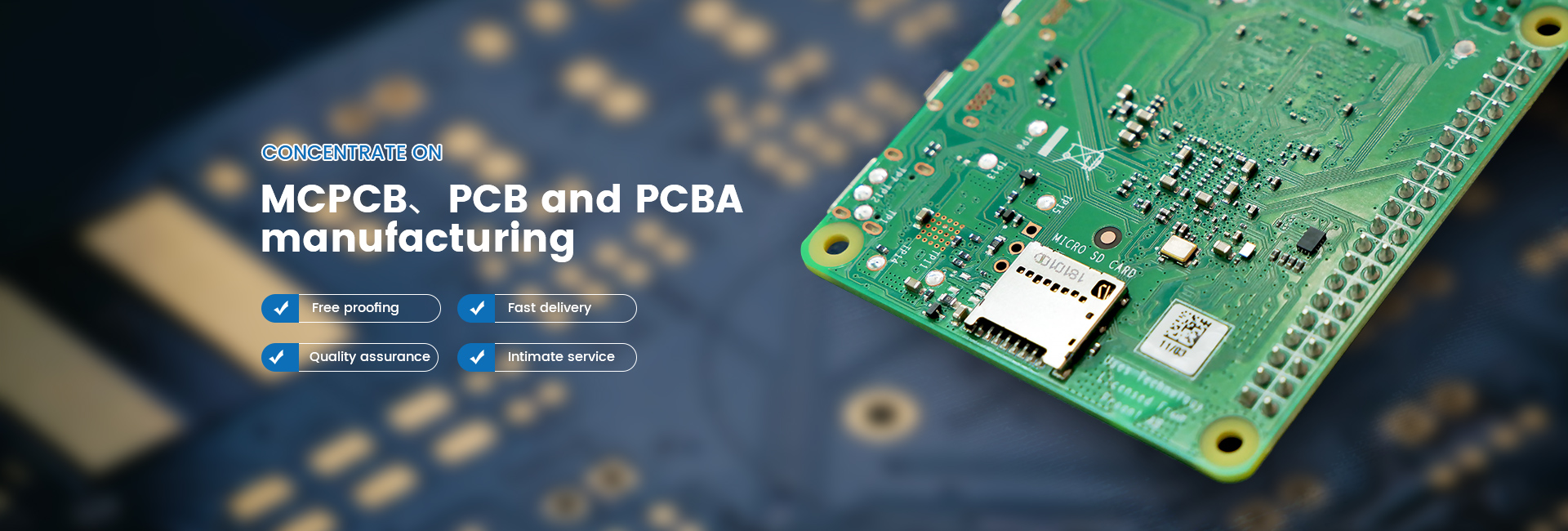Time:2022-10-31 Visit:
It is critical that PCBS have reliable performance, both in the manufacturing assembly process and in practical use. In addition to the associated costs, defects in the assembly process may be carried into the final product by the PCB and may malfunction during actual use, resulting in a claim. Therefore, from this point of view, it is safe to say that the cost of a high-quality PCB is negligible.
In all market segments, especially those producing products for critical applications, the consequences of such failures are unimaginable.

These aspects should be kept in mind when comparing PCB prices. Although reliable, guaranteed and long-life products have higher initial costs, they are worth it in the long run.
The 14 most important characteristics of highly reliable circuit boards
1, 25 micron copper wall thickness
Benefits: Enhanced reliability, including improved Z-axis expansion resistance.
The risk of not doing so
Hole blowing or degassing, electrical connectivity problems during assembly (inner layer separation, hole wall breakage), or the possibility of failure under load conditions during actual use. IPCClass2 (the standard adopted by most factories) requires 20% less copper plating.
2, no welding repair or open line repair
Benefits: Perfect circuitry ensures reliability and safety, no maintenance, no risk
The risk of not doing so
If the repair is improper, it will cause circuit board disconnect. Even if the repair is' proper ', there is a risk of failure under load conditions (vibration, etc.), which may occur in actual use.
3. Exceed the cleanliness requirements of IPC specifications
Benefits: Improving PCB cleanliness improves reliability.
The risk of not doing so
Residue and solder accumulation on the circuit board pose a risk to the weld-proof layer, and ionic residue creates a risk of corrosion and contamination of the welded surface, which may lead to reliability problems (poor solder joints/electrical failures) and ultimately increase the probability of actual failures.